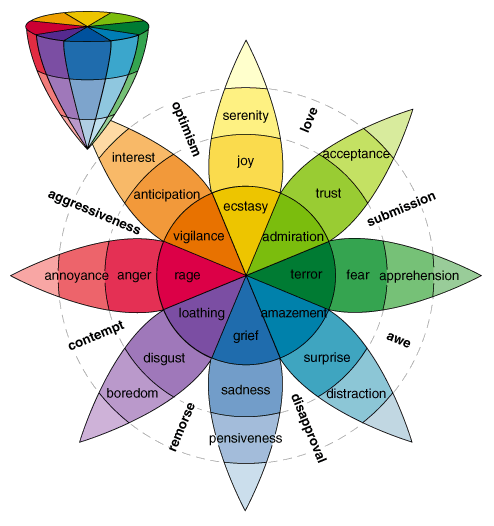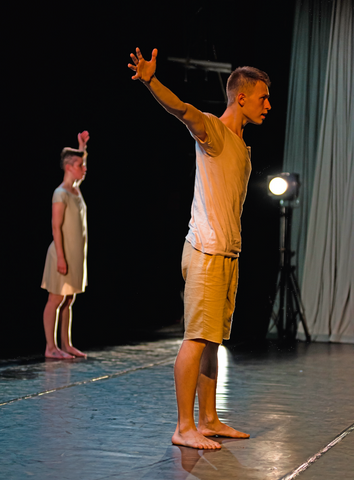
Six emotional states
£14.95
This scheme has been adapted from a series of lessons taught at a mask workshop that were designed to increase freedom of physical expression among students. It should enable students to focus more on
physicality than on dialogue when working on improvisation. It begins with solo mime work than builds to a series of structured improvisations, as caricature – the initial impulse for characters – gives way to deeper levels of characterisation.
The ideas set out here can easily be incorporated into work on texts, as well as providing a useful resource for devised performances. They also mesh well with work on status – in fact I use this scheme as a follow-on to a series of work on that theme. Additionally, I often return to this scheme later in the course, when introducing Stanislavski’s idea of emotional memory, drawing on the idea that inner feelings can affect external elements of the performance.
Learning objectives:
- To understand and learn the first three emotional states
- To produce a sequence of detailed mime work
- To explore the idea of how an alteration in emotion can be expressed physically
- To understand and learn the second three emotional states
- To continue developing students’ mime ability
- To explore the idea of gibberish and the use of sounds to express emotion
- To explore improvisation through the use of the six emotional states
- To add dialogue to these improvisations
- To focus on an emotional attitude in improvisation work rather than actual content
- To introduce the idea of directors into improvisation work
- To take control of improvisation away from the actors
Number of Lessons: 4




